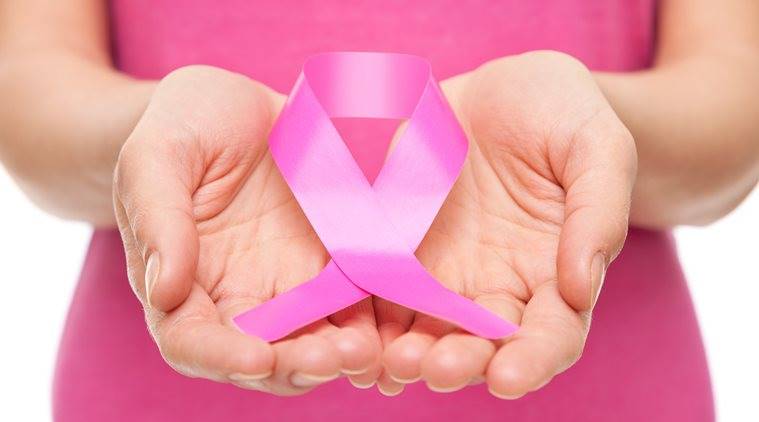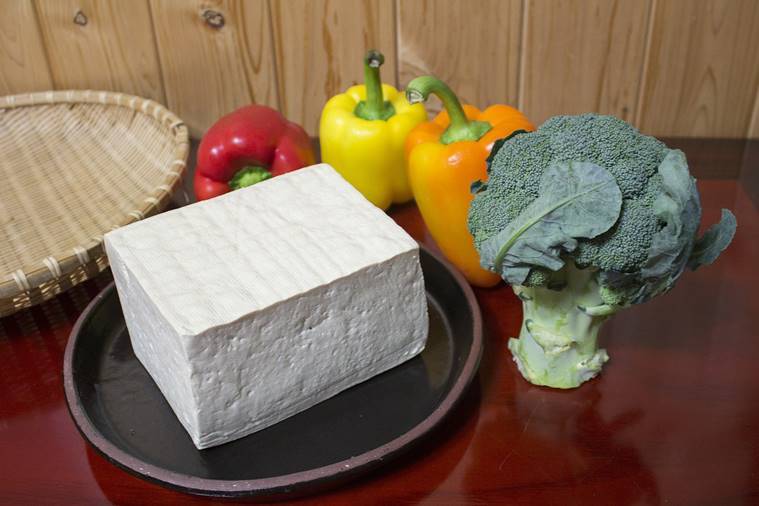
Eating soy-rich food can decrease the risk of bone fractures in pre-menopausal breast cancer survivors, suggests a new study. A higher soy intake meant 77 per cent reduced risk of osteoporotic fractures in younger women, the study further noted.
Breast cancer is the second most common cancer among women in the US, with one in eight women diagnosed with it during their lifetime. It is also becoming common in India with increased incidence in younger women, accounting for 27 per cent of all cancers among women. As the number of breast cancer survivors rises, interest in lifestyle modifications that can improve survival increases.
Low bone mineral density (BMD) is common among breast cancer survivors due to acute estrogen deprivation caused by treatments that can also lead to premature menopause. Decreased bone mineral density is responsible for higher incidence of osteoporosis-related fractures among survivors in comparison to healthy women in the same age group.
Soy food is a rich source of phytoestrogens, namely isoflavones, known to have both estrogenic and anti-estrogenic effects.
Published in JNCI Cancer Spectrum journal, researchers at Yale University investigated the link and impact of exercise and soy food consumption on bone fracture rates among breast cancer survivors.
“The menopausal transition is known to be a period of high risk for bone loss, and given the relative scarcity of data related to fracture risk among younger women with breast cancer, this study marks an important contribution to this body of literature,” said the paper’s lead author, Evelyn Hsieh, assistant professor at Yale University.
The team used data from the Shanghai Breast Cancer Survival study of 5,042 newly diagnosed breast cancer survivors in the age group of 20-75 for the study.
According to the study, soy-based foods that are rich in isoflavones provide a natural selective estrogen receptor modulator (SERM), which helps in enhancing bone mineral density. Previous studies have showed the use of tamoxifen, a SERM or drug, that is prescribed for breast cancer patients and is known to reduce the risk of fractures.
“Our findings, in particular regarding the protective effects of soy food consumption, provide novel insight into how future interventions can be best tailored to different risk groups,” Hsieh said.

Notably, the role of soy in breast cancer prevention has been studied and debated for years, and the role of soy’s bioactive compounds, known as isoflavones, continues to be a focus of research. Traditional soy foods, including tofu, miso and natto, consist of 0.2–0.4 mg of isoflavones per gram of fresh weight product. Furthermore, ‘a higher intake of isoflavones is positively correlated with BMD and is known to attenuate bone loss’, stated a ShodhGangotri 2019 review.
Previously, a 2015-study, ‘Soy isoflavone intake and bone mineral density in breast cancer survivors’, published in PubMed, showed that high soy intake (= 62.64 mg of soy isoflavone/day) was associated with lower proximal forearm BMD among breast cancer survivors, particularly during the early years of menopause.
Earlier, a 2016-study published in the Journal of Nutrition and Food Sciences states, ‘It is possible that post-menopausal women might gain more benefit than pre-menopausal women and the receptor status of the initial tumour may also play a role. Future studies are required to make a formal recommendation to reduce recurrence and mortality in breast cancer survivors’.